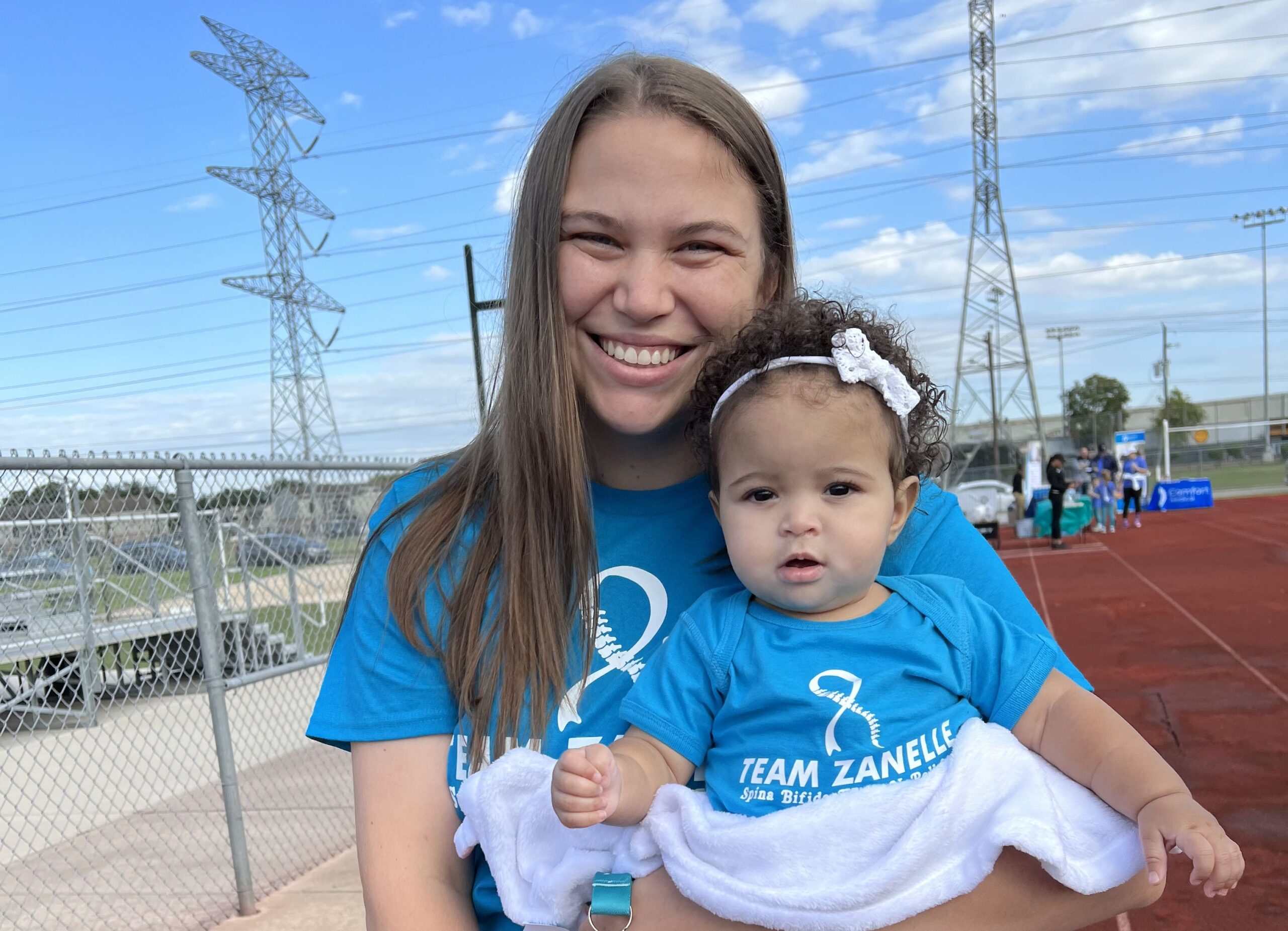The Spina Bifida Transition Toolkit is broken down into three distinct stages of transition:
- Planning for transition;
- Transfer into the adult system of care; and
- Integration and post-transition status-check.
There are many valuable resources included in this toolkit that are associated with each of these stages.
Here are key elements about transition to remember and implement:
- Transition discussions should begin at birth as families are welcoming their child into their family.
- Stages of a child’s development should be monitored and considered in the child’s activities and assumption of responsibilities with age.
- A transition readiness assessment tool should be utilized beginning around the age of 12 years.
- The names of adult providers who would be appropriate for individuals with Spina Bifida, including primary care doctors and specialists, should be discussed with the family and the individual with Spina Bifida in the teen years.
- Discuss/explain how insurance will change at the age of 18 years, beginning around the age of 16 years.
- It is recommended that the pediatric providers create adult partnerships with:
- combined internal medicine and pediatrics (med/peds)
- family or internal medicine for primary care; and
- relevant subspecialists (urology, physical medicine and rehabilitation, and neurosurgery)
- When partnering with adult providers, it is recommended to develop a written hand-off process that includes:
- the age at which to expect transfer.
- a plan to verify accepted insurance plans.
- a plan for transferring medical records.
- a process for making medical appointments with new providers.
- a medical summary that may be shared with adult providers by the individual with Spina Bifida.


